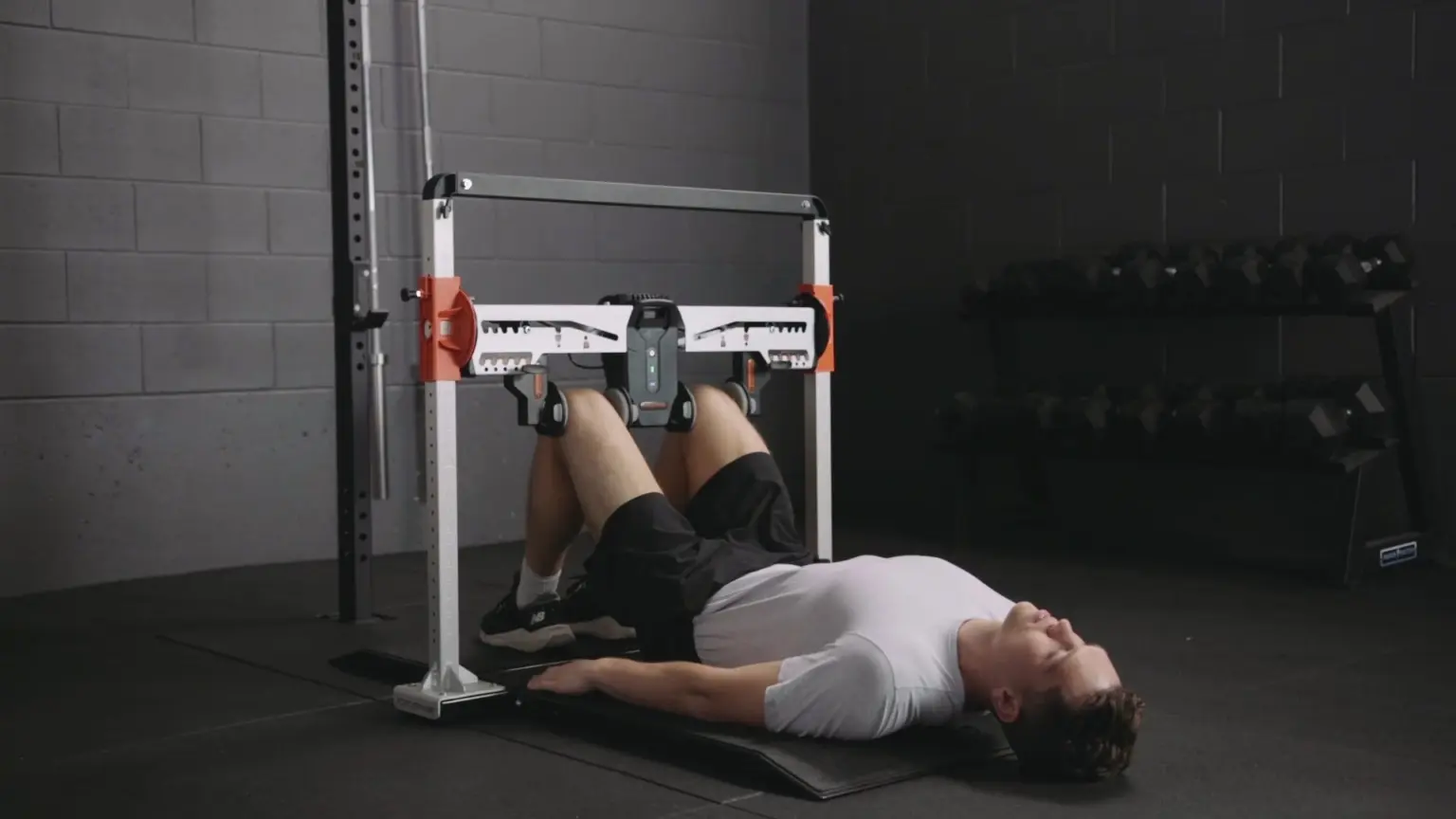RESEARCH SUMMARY: Test re-test reliability of single and multijoint strength properties in female Australian football athletes (Kadlec et al., 2021)
Available in:
EN
Original research title: ‘Test Re-test Reliability of Single and Multijoint Strength Properties in Female Australian Footballers’ (Kadlec et al., 2021) Authors: Kadlec, D., Jordan, M.J., Snyder, L., Alderson, J., and Nimphius, S.Year: 2021
Purpose
Good reliability in multi-joint isometric maximum voluntary contraction testing has been found in elite athletes experienced in strength training. This study aimed to examine test-retest reliability of isometric maximum voluntary contractions in sub-elite female athletes who have had limited experience in resistance training.
Takeaway
Monitoring changes in lower body muscle strength allows practitioners to better monitor injury risk factors such as readiness and fatigue. Tests used in routine athlete monitoring practices therefore need to be reliable to examine changes and adaptations to training.In both the elite and sub-elite female athlete populations, the isometric squat, hip abduction and adduction tests showed good reliability. In the measurement of hip adduction and hip abduction, using the ForceFrame was more reliable than the traditional sphygmomanometer or handheld dynamometer.
Key findings
The tests examined were:
- Isometric hip adduction and abduction performed in supine
- 60 degrees knee flexion
- 60 degrees hip flexion
- Isometric squat, performed at 140 degrees knee flexion with a vertical trunk position
These tests were found to be highly reliable in sub-elite female Australian Football Athletes who have had limited experience in resistance training.
To read the full research paper, see here.

If you are interested in more information about the ForceFrame, please contact us here.
